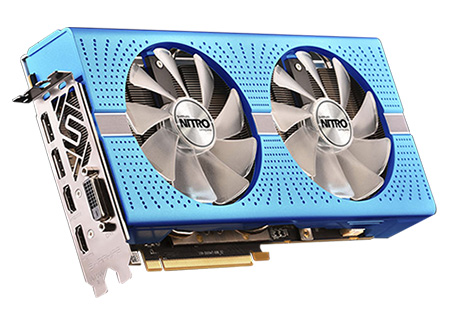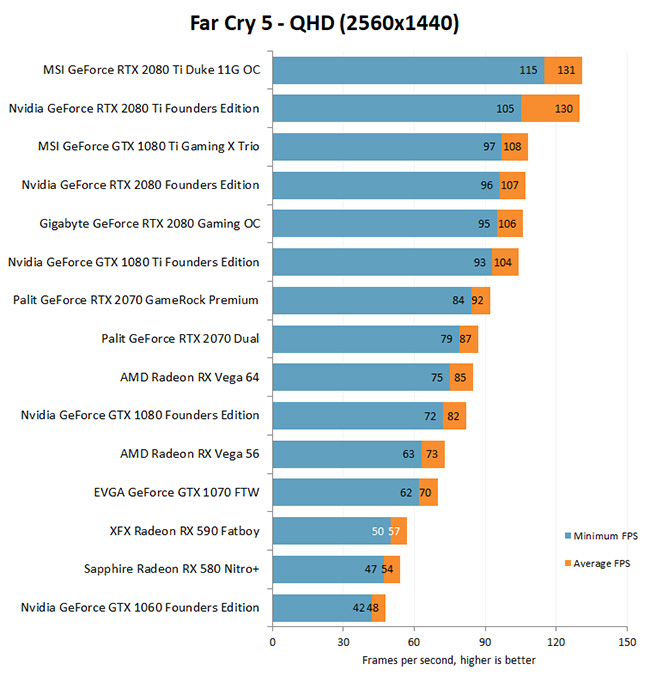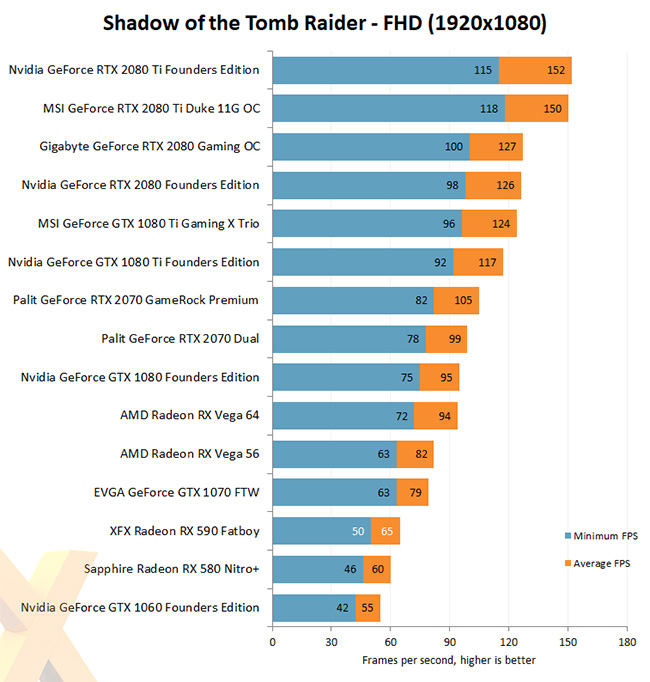Our Aim
To provide you with an overview on New And existing technologies, hopefully helping you understand the changes in the technology. Together with the overviews we hope to bring topical issues to light from a series of independent reviewers saving you the time And hassle of fact finding over the web.
We will over time provide you with quality content which you can browse and subscribe to at your leisure.
TekSpek 's

AMD Radeon RX590
Date issued:

AMD has had a strong position in the premium mainstream graphics card market with the Radeon RX 480 (2016) and RX 580 (2017) GPUs. The duo uses what is known as the Polaris architecture to good effect, enabling high-quality PC gameplay at the popular FHD (1,920x1,080) and QHD (2,560x1,440) resolutions.
Ensuring that it remains competitive in the large-volume £200-£300 market favoured by the keen gamer, AMD is today unleashing the Radeon RX 590 GPU. Let's take a closer look at its specifications.
As you can see, the new RX 590 is built using the same Polaris architecture as the aforementioned GPUs. The key difference is that, for the first time, the RX 590 is manufactured on a leading-edge 12nm process node. That may not sound all that impressive, but the move to this smaller, more efficient geometry enables AMD to increase the core frequency, and consequently performance, of this GPU.
Drilling down, by harnessing the benefits of the 12nm node, which rival Nvidia is yet to adopt in the mainstream space, AMD is able to increase the peak core clock from 1,340MHz to 1,545MHz. All other meaningful performance parameters remain the same, so the likely benefit is going to be an extra 10 per cent frame rate in your favourite games.
Such a performance move is genuinely advantageous for AMD and its partners because it enables the Radeon RX 590 GPU to outperform the rival and price-comparable GeForce GTX 1060 6GB in many leading titles.

For example, benchmarks from leading review sites show that in Far Cry 5 run at ultra-quality in-game settings and at a lovely QHD resolution, the RX 590 GPU is about 20 per cent faster than the GeForce GTX 1060 6GB, and that 20 per cent actually makes a real difference with respect to smooth gameplay. And for when it matters, especially at higher resolutions, the RX 590 has 8GB of graphics memory, compared to only 6GB for the GeForce GTX 1060.

In the very latest titles, such as the well-reviewed Shadow of the Tomb Raider, utilising all the latest graphics technology and looking stunning, the RX 590 is, again, 20 per cent quicker at an FHD resolution.
The Radeon RX 590 GPU is therefore a very competent performer in a wide range of games, and it is able to play the latest titles at either FHD or QHD resolutions, complete with the highest in-game image quality, without problems.
What's more, with AMD's FreeSync monitor ecosystem growing month by month, the ability to play such titles with no image tearing or juddering, ensures that not only does AMD provide excellent frame rates for super-slick performance, it also offers a premium games-playing experience.
Though not an evolutionary upgrade over the existing mainstream Radeon GPUs, the RX 590, priced at around £250, offers a compelling mix of performance and features. It is designed to meet the real needs of the gamers without breaking the bank.
A wide range of AMD partners are set to retail the RX 590 GPU, including Sapphire, PowerColor, XFX, Asus, MSI, and Gigabyte, so there's excellent choice with respect to cooling solutions, design, and features.
The key takeaway is that the AMD Radeon RX 590 graphics card is an excellent choice for gamers who want console-beating performance without incurring the ludicrous pricing of very high-end cards.
As usual, Scan Computers stock a range of AMD Radeon RX 590 based graphics cards. Head on over to here to peruse our selection.